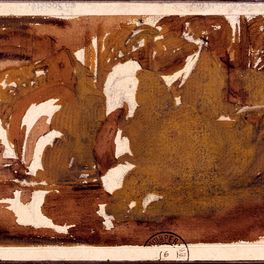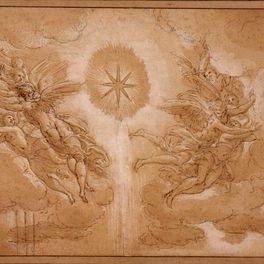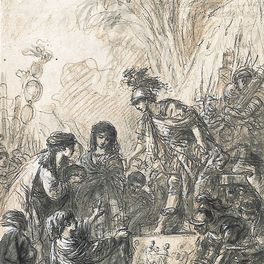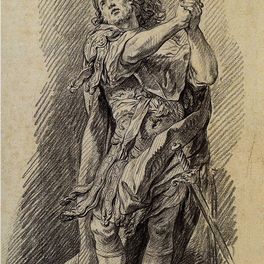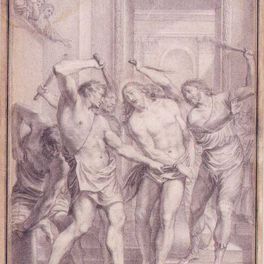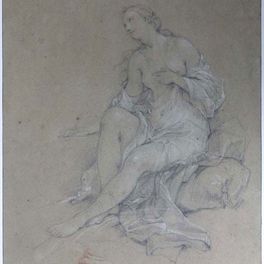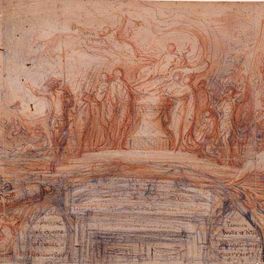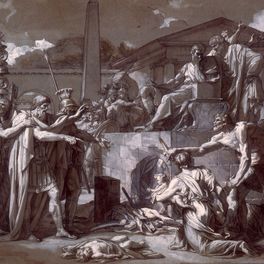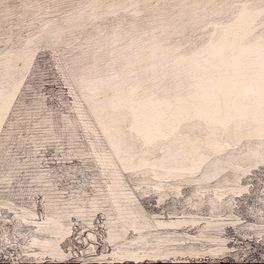Old drawings
The majority of this collection of approximately 2,000 works was bequeathed by Jean-Marie de Silguy. He was a pupil of the painter François Valentin at high school in Quimper, then of Jean-François-Léonor Mérimée at the École Polytechnique where drawing classes were important, and he loved drawing. He kept some of his own drawings, and these attest to his talents. Works by other members of his paternal and maternal families show that drawing was popular in his entourage.
Jean-Marie de Silguy mainly bought French drawings and some Italian. He had very few Nordic and Spanish works. He often bought in lots, and rarely single pieces. This collection, from numerous Academies and with many Italian landscapes, is mostly still anonymous. It dates from the 18th and early 19th centuries and numerous counterproofs, particularly landscapes by Hubert Robert, make up the bulk of the collection.
Some outstanding French drawings of the 17th century are attributed to Callot, Huret, Vouet, Stella, Le Sueur, Le Brun, Courtois, and Verdier. The collection of 18th century works is all very similar, from Watteau to neo-classicism.The evolution in French drawing is demonstrated in works by Watteau, Lemoine, C. Parrocel, Restout, Bouchardon, Natoire, Boucher, J-F. Parrocel, Van Loo, Pierre, de Saint-Aubin, Greuze, J-J. and L. Lagrenée, Taraval, de , Ango, Robert, Leprince, Taillasson, Huet, Vincent, Trinquesse, Cassas, Lethière, Fabre, Garnier and Gérard.
The Italian works are fewer and, include, from the 16th to 18th centuries, the names of Dell Abate, Cambiaso, Farinati, Salimbeni, Testa, Allegrini, Piola, Biscaino, Pannini, Tiepolo, Fontebasso, Muratori and Piranesi.
Subsequent acquisitions of drawings included mostly Breton inspired subjects, the Pont-Aven School and the Max Jacob collection.

